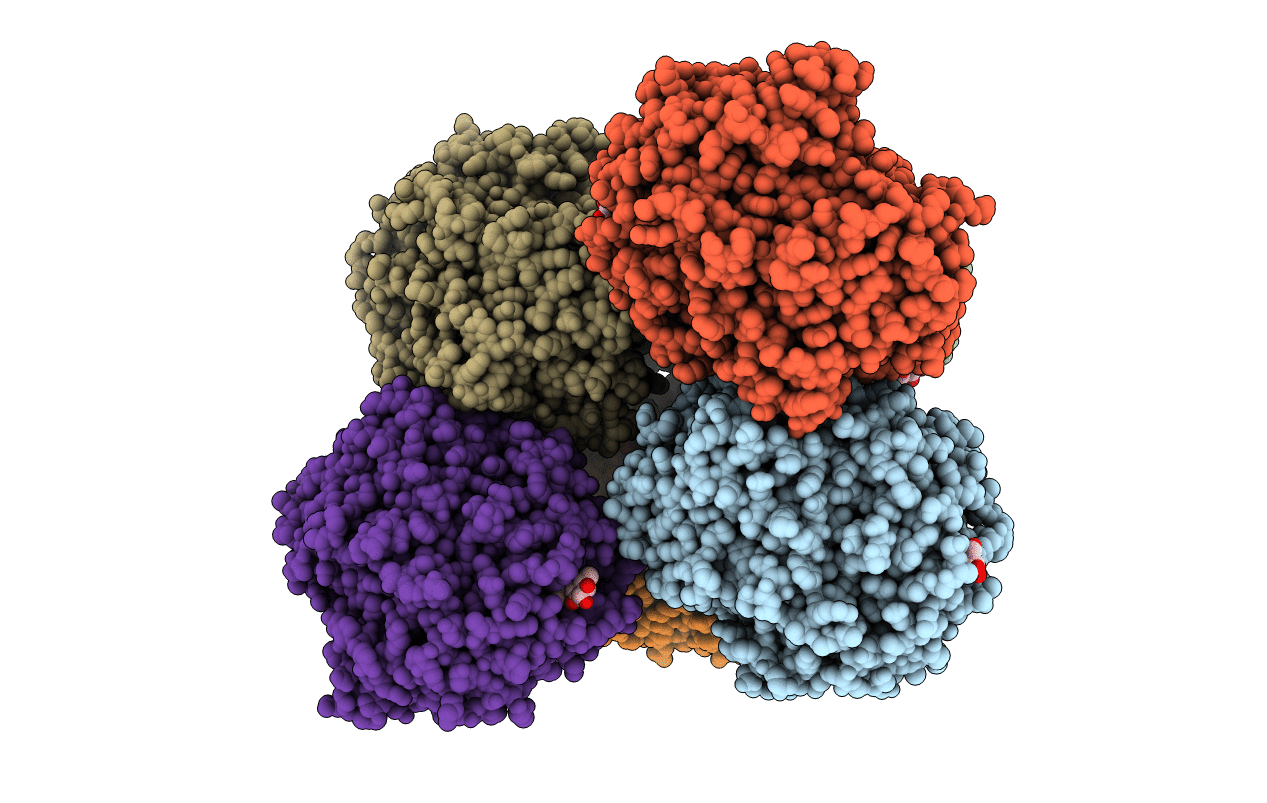
Deposition Date
2002-02-20
Release Date
2002-07-17
Last Version Date
2024-02-14
Entry Detail
PDB ID:
1L2A
Keywords:
Title:
The Crystal Structure and Catalytic Mechanism of Cellobiohydrolase CelS, the Major Enzymatic Component of the Clostridium thermocellum cellulosome
Biological Source:
Source Organism:
Clostridium thermocellum (Taxon ID: 1515)
Host Organism:
Method Details:
Experimental Method:
Resolution:
2.50 Å
R-Value Free:
0.22
R-Value Work:
0.18
R-Value Observed:
0.18
Space Group:
P 21 21 21


